Home>Garden Essentials>What Are The Pomegranate Seeds Called
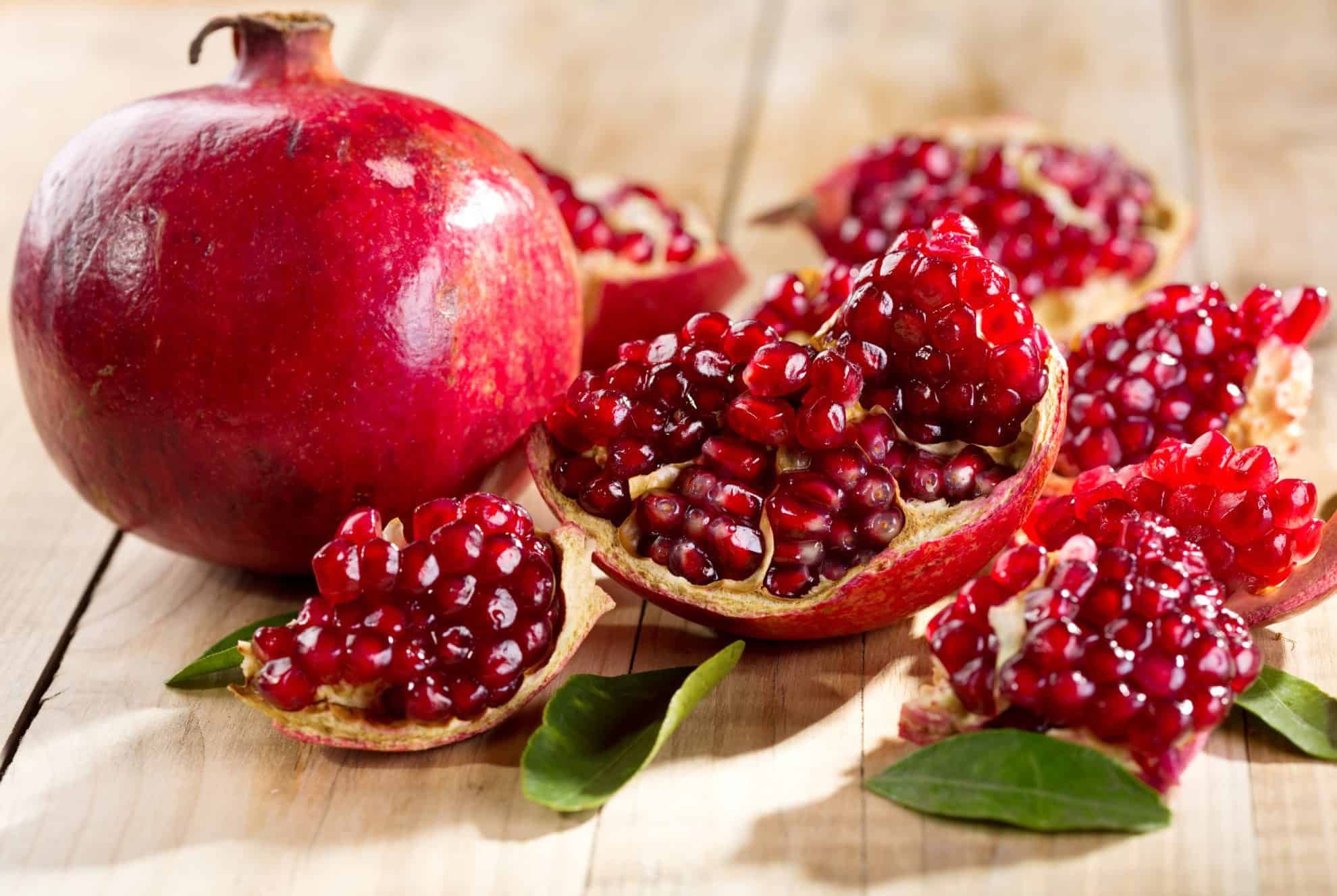

Garden Essentials
What Are The Pomegranate Seeds Called
Modified: March 16, 2024
Discover the name for pomegranate seeds in your garden with our comprehensive guide. Explore the different types and exciting recipes using these flavorful gems.
(Many of the links in this article redirect to a specific reviewed product. Your purchase of these products through affiliate links helps to generate commission for Storables.com, at no extra cost. Learn more)
Introduction
Welcome to the fascinating world of pomegranates! These vibrant fruits have captivated people’s attention for centuries, not only for their delicious taste, but also for their rich cultural significance and health benefits. In this article, we will delve into the intricate details of pomegranates, focusing specifically on the seeds and what they are called in different languages.
Pomegranates, scientifically known as Punica granatum, have a long and illustrious history. They are believed to have originated in the region encompassing modern-day Iran and have been cultivated in the Middle East for thousands of years. Pomegranates have been mentioned in ancient texts and played significant roles in various mythologies and religious traditions.
One of the most well-known stories associated with the pomegranate is from Greek mythology, where it is said that Persephone, the daughter of the harvest goddess Demeter, was abducted by Hades, the ruler of the underworld. As a result, she was forced to spend half of the year in the underworld. The pomegranate was believed to have been the forbidden fruit that Persephone ate while in the underworld, leading to her annual return and the changing of seasons.
Today, pomegranates are highly regarded in many cultures around the world. They symbolize fertility, abundance, and prosperity in some traditions, and their vibrant red color is often associated with vitality and good luck. Pomegranate fruits are commonly used in ceremonies and celebrations, and their seeds, with their unique taste and texture, have become a staple in culinary dishes and beverages.
Next, we will explore the anatomy of a pomegranate and understand how the seeds are a vital part of this remarkable fruit.
Key Takeaways:
- Pomegranate seeds, also known as arils, have a rich history and cultural significance. They are used in diverse culinary creations and offer a range of health benefits due to their high antioxidant content and essential nutrients.
- Extracting and storing pomegranate seeds is a simple process that allows you to enjoy their vibrant flavor and nutritional benefits. By following easy steps, you can savor the delightful taste of pomegranate seeds in various dishes and beverages.
Read more: What To Do With Pomegranate Seeds
History and Cultural Significance of Pomegranates
Pomegranates have a rich history and hold deep cultural significance in various parts of the world. They have been cultivated and treasured for their beauty, taste, and medicinal properties for thousands of years.
In ancient Babylonian texts, pomegranates were mentioned as a symbol of fertility and abundance. They were believed to have magical properties and were often depicted in artwork and literature. The fruit was held in high regard, and its presence was associated with prosperity and good fortune.
The ancient Egyptians also revered pomegranates and believed that they contained the secrets of eternal life. The fruit was often included in burial rituals as a symbol of rebirth and regeneration.
In Greek mythology, pomegranates were associated with the goddess Persephone and her annual return from the underworld. The fruit symbolized the cycle of life, death, and rebirth. Pomegranates were frequently used in religious ceremonies and offerings to the gods.
Pomegranates made their way to the Mediterranean region around 800 B.C., where they flourished in the warm climate. Throughout history, pomegranates have been an essential part of Mediterranean cuisine, adding a burst of flavor and color to various dishes.
Pomegranates also hold significant cultural importance in many Asian countries, including India, Iran, and Turkey. In these regions, the fruit is often seen as a symbol of fertility, abundance, and good luck. Pomegranates are prominently featured in traditional artwork and textiles, depicting prosperity and wealth.
Today, pomegranates continue to be highly valued for their cultural significance. They are frequently used in celebrations and festivals, symbolizing joy, prosperity, and a bountiful harvest.
With their rich cultural history and symbolism, it’s no wonder that pomegranates have become cherished fruits around the world. Let us now explore the anatomy of a pomegranate and understand the unique term for its seeds in different languages.
Overview of Pomegranate Anatomy
Pomegranates are fascinating fruits that boast a unique and intricate anatomy. Understanding the different parts of a pomegranate can help us appreciate the complexity and beauty of this delicious fruit.
The exterior of a pomegranate is smooth and leathery, with a round or slightly angular shape. The size of the fruit can vary, ranging from a small orange to a large grapefruit, depending on the variety.
When we cut open a pomegranate, we discover a treasure trove of ruby-red seeds nestled inside. These seeds, known as arils, are the most sought-after part of the pomegranate and are where its distinctive flavor lies.
Each pomegranate typically contains numerous arils, surrounded by a soft membrane. The arils are encapsulated within compartments called carpels, which are separated by pithy white membranes. The carpels give the pomegranate a segmented appearance, similar to the chambers of a citrus fruit.
The arils are juicy and have a sweet and slightly tart taste. They are protected by a thin, translucent skin that adds a delightful pop of texture when you bite into them.
Beneath the arils and carpels lies the white membrane, which is fibrous and less appetizing. While the arils are the star of the show, the white membrane is usually discarded, as it can be tough and slightly bitter.
Pomegranate fruits also contain a central core, called the pith, which runs through the center of the fruit. The pith is not edible and is typically removed when preparing the pomegranate for consumption.
The anatomy of the pomegranate is not just visually captivating; it also holds practical uses. The arils can be easily separated from the fruit, making them readily accessible for culinary purposes or enjoying them as a healthy snack.
Now that we have explored the fascinating anatomy of a pomegranate, let’s move on to uncovering the intriguing terms used for pomegranate seeds in different languages.
The Term for Pomegranate Seeds in Different Languages
Pomegranates are enjoyed and celebrated in many cultures around the world, and it comes as no surprise that there are different terms used to refer to the seeds of this remarkable fruit in various languages. Let’s take a linguistic journey and discover how pomegranate seeds are called in different parts of the world.
In English, we commonly refer to pomegranate seeds as “arils.” This term accurately represents the fleshy seed covering and is widely used in culinary and botanical circles.
In Spanish, the term for pomegranate seeds is “granada.” This derives from the Latin word “granatum,” which means “grainy” and refers to the texture of the seeds.
In French, pomegranate seeds are called “graines de grenade.” The word “graine” means “seed,” and “grenade” refers to the pomegranate itself. Together, they form a descriptive name for the seeds.
In German, pomegranate seeds are referred to as “Granatapfelkerne,” which translates to “granate apple kernels.” The term highlights the fruit’s apple-like structure and emphasizes the presence of edible kernels within.
In Italian, pomegranate seeds are known as “semi di melograno.” “Semi” means “seeds,” and “melograno” translates to “pomegranate.” This term perfectly captures the essence of the seeds within the fruit.
In Arabic, pomegranate seeds are called “rouman.” This term is derived from the Arabic word for pomegranate itself, which is “ruman,” and demonstrates the association between the fruit and its seeds.
In Hindi, pomegranate seeds are known as “anaar ke dane.” The term “anaar” refers to the pomegranate, and “dane” means “seeds.” This colorful name captures the essence of the fruit’s seeds in the Hindi language.
These are just a few examples of how pomegranate seeds are called in different languages. Each term reflects the cultural context and linguistic nuances of the respective regions. It’s wonderful to observe how a single fruit can bring together diverse cultures and languages through its delicious and vibrant seeds.
Now that we’ve explored the linguistic diversity surrounding pomegranate seeds, let’s delve into the culinary uses of these delectable gems.
Culinary Uses of Pomegranate Seeds
Pomegranate seeds, with their vibrant color and unique flavor, are prized ingredients in culinary creations around the world. Their sweet and slightly tangy taste adds a burst of freshness and complexity to a variety of dishes. Let’s explore the diverse culinary uses of pomegranate seeds.
One of the simplest and most popular ways to enjoy pomegranate seeds is to eat them fresh. Their juicy texture and refreshing taste make them a delightful snack on their own. You can also sprinkle them over salads, yogurts, or smoothie bowls to add a pop of color and a burst of flavor.
Pomegranate seeds are often used as a topping for both sweet and savory dishes. They lend a touch of elegance and visual appeal to desserts such as cakes, puddings, and ice cream. Similarly, they can be sprinkled over savory dishes like roasted vegetables, grains, and proteins to add a contrasting texture and hint of sweetness.
In Middle Eastern and Mediterranean cuisines, pomegranate seeds are commonly used in dips and sauces. They can be blended into a tangy and refreshing pomegranate molasses or added to dishes like hummus and tzatziki for a delightful twist.
Pomegranate seeds also make a fantastic addition to beverages. They can be muddled in cocktails or mocktails to add a burst of flavor and a visually enticing element. Pomegranate-based drinks like fruit punches, teas, and smoothies are popular choices that showcase the sweet and tangy goodness of these seeds.
In addition to their taste and appearance, pomegranate seeds are valued for their versatility in both sweet and savory applications. They pair exceptionally well with ingredients such as cheeses, nuts, fresh herbs, and citrus fruits, creating a harmonious balance of flavors.
Moreover, pomegranate seeds are not just a flavorful addition to dishes, but they also offer a delightful texture. Their juicy and slightly crunchy nature adds depth and complexity to a wide range of culinary creations.
Whether it’s sprinkled on top of a salad, incorporated into a sauce, or used to garnish a dessert, pomegranate seeds are a valuable ingredient that elevates the overall taste and presentation of a dish.
Now that we’ve explored the culinary uses of pomegranate seeds, let’s dive into their nutritional value and the health benefits associated with consuming them.
The seeds of a pomegranate are called arils. They are the juicy, red or pink sacs that surround the seed inside the fruit.
Read more: How Many Pomegranate Seeds In A Pomegranate
Nutritional Value of Pomegranate Seeds
Pomegranate seeds not only add a burst of flavor and color to culinary creations, but they also pack a nutritional punch. These tiny gems are not only delicious but also offer a range of essential vitamins, minerals, and antioxidants. Let’s explore the impressive nutritional profile of pomegranate seeds.
One of the standout features of pomegranate seeds is their high antioxidant content. Antioxidants help protect our cells from damage caused by harmful molecules called free radicals. Pomegranate seeds are rich in polyphenols, including flavonoids and ellagitannins, which exhibit potent antioxidant properties.
In addition to antioxidants, pomegranate seeds are a good source of important vitamins and minerals. They are particularly rich in vitamin C, providing a significant portion of the recommended daily intake. Vitamin C is crucial for immune function, collagen production, and the absorption of iron.
Pomegranate seeds also contain vitamin K, which plays a role in blood clotting and bone health. Additionally, they provide small amounts of vitamins B6 and folate, which are essential for energy metabolism and DNA synthesis.
When it comes to minerals, pomegranate seeds are a source of potassium, a mineral that helps regulate blood pressure and maintain proper hydration. They also provide small amounts of calcium, phosphorus, and magnesium, which are important for bone health.
Furthermore, pomegranate seeds are a good source of dietary fiber. Fiber is essential for digestive health, promoting regular bowel movements and supporting a healthy gut microbiome. It also helps keep you feeling full, aiding in weight management and preventing overeating.
It’s important to note that while pomegranate seeds are a nutritious addition to a balanced diet, they are also relatively high in natural sugars. Thus, moderation is key when consuming them, especially for individuals watching their sugar intake.
With their powerful antioxidants, vitamins, minerals, and fiber, pomegranate seeds offer a range of health benefits when incorporated into a well-rounded diet. They contribute to overall antioxidant support, immune function, bone health, and digestive well-being.
Now that we understand the nutritional value of pomegranate seeds, let’s explore the various health benefits associated with consuming them.
Health Benefits Associated with Consuming Pomegranate Seeds
Pomegranate seeds are not just a delicious and visually appealing addition to your meals, they also offer a multitude of health benefits. Their nutrient-rich composition and antioxidant properties contribute to various aspects of well-being. Let’s delve into the remarkable health benefits associated with consuming pomegranate seeds.
1. Powerful Antioxidant Activity: Pomegranate seeds are packed with antioxidants that combat free radicals, which are unstable molecules that can damage cells and contribute to chronic diseases such as heart disease and cancer. The high levels of polyphenols in pomegranate seeds help reduce oxidative stress and inflammation in the body.
2. Heart Health Support: Pomegranate seeds are heart-healthy due to their ability to lower blood pressure and reduce cholesterol levels. Studies have shown that consuming pomegranate juice or extracts can improve cardiovascular health by enhancing blood flow, reducing plaque buildup in arteries, and preventing the oxidation of LDL cholesterol.
3. Anti-Inflammatory Properties: The polyphenols in pomegranate seeds have anti-inflammatory effects, which may help alleviate symptoms of chronic inflammation and related conditions such as arthritis, diabetes, and certain cancers. Regular consumption of pomegranate seeds may contribute to a healthier inflammatory response in the body.
4. Immune System Booster: Pomegranate seeds are rich in vitamin C, a vital nutrient for immune function. Vitamin C stimulates the production of white blood cells, strengthens the immune system, and helps the body fight off infections and illnesses.
5. Digestive Health Promotion: Pomegranate seeds are a good source of dietary fiber, which aids in digestion and promotes a healthy gut. Fiber adds bulk to stools, preventing constipation, and nourishes beneficial gut bacteria, supporting a balanced microbiome.
6. Potential Cancer Prevention: Some studies suggest that the antioxidants and bioactive compounds present in pomegranate seeds may inhibit the growth of certain cancer cells, especially prostate and breast cancer cells. However, more research is needed to fully understand the potential anticancer effects.
7. Skin Health Benefits: The antioxidants in pomegranate seeds help protect the skin from damage caused by free radicals and UV radiation, reducing signs of aging, such as wrinkles and age spots. Pomegranate seed oil is also used topically to moisturize and improve the appearance of the skin.
These are just a few of the many health benefits associated with consuming pomegranate seeds. However, it’s important to note that the concentrated benefits of pomegranate seeds should be considered as part of a balanced diet and a healthy lifestyle.
Now that we’ve explored the health benefits of pomegranate seeds, let’s move on to understanding how to extract and store these delectable seeds for maximum freshness and flavor.
How to Extract and Store Pomegranate Seeds
Extracting and storing pomegranate seeds can be a rewarding process that allows you to enjoy the vibrant flavor and nutritional benefits of these juicy gems. Here’s a step-by-step guide on how to extract the seeds and the best practices to store them for long-lasting freshness.
1. Choose a ripe pomegranate: Look for a pomegranate that feels heavy for its size and has a deep red or reddish-brown color. Avoid fruits with blemishes or soft spots.
2. Cut off the crown: Use a sharp knife to slice off the crown, which is the small protrusion at the top of the pomegranate.
3. Score the skin: Make shallow cuts along the ridges of the pomegranate, from the crown to the base, without piercing the seeds inside. This will create sections that make it easier to break open the fruit.
4. Submerge in water: Fill a large bowl with water and immerse the scored pomegranate. Allow it to soak for a few minutes to soften the skin and make it easier to separate the seeds.
5. Gently break open the pomegranate: Using your hands, gently break the pomegranate apart along the scored lines. The seeds will separate naturally and sink to the bottom of the bowl while the pith and membrane float to the surface.
6. Remove the pith and membrane: Skim off the pith and membrane floating on the surface of the water. Discard them and strain the seeds through a colander or fine mesh sieve.
7. Rinse and store: Give the extracted pomegranate seeds a quick rinse under cold water to remove any remaining pith. Pat them dry with a paper towel and transfer them to an airtight container or resealable bag.
8. Store in the refrigerator: Pomegranate seeds can be stored in the refrigerator for up to one week. Make sure to place them in the crisper drawer or in a container that seals tightly to maintain their freshness.
9. Freeze for long-term storage: If you want to store pomegranate seeds for a longer period, consider freezing them. Spread the seeds in a single layer on a baking sheet and place them in the freezer until frozen. Transfer the frozen seeds to a freezer-safe container or bag and store them for up to six months.
Now that you know how to extract and store pomegranate seeds, you can incorporate this delightful fruit into your recipes and enjoy its vibrant flavor and health benefits throughout the year.
Before we conclude, let’s recap the journey we’ve taken to explore the wonders of pomegranates.
Conclusion
In conclusion, pomegranates are not just delicious fruits; they hold a significant place in history, culture, and cuisine. From their ancient origins to their symbolic meanings in various traditions, pomegranates have captured the hearts and taste buds of people around the world.
We explored the anatomy of the pomegranate, with its juicy arils nestled inside segmented carpels and surrounded by a white membrane. We also discovered the diverse terms used to refer to pomegranate seeds in different languages, showcasing the global reach and cultural significance of this fruit.
The culinary uses of pomegranate seeds are vast. They can be enjoyed fresh, added as a topping to both sweet and savory dishes, incorporated into dips and sauces, and used to enhance the flavor and presentation of beverages. Pomegranate seeds bring a burst of color, taste, and texture to culinary creations, making them a versatile and cherished ingredient.
Furthermore, pomegranate seeds offer not only culinary delights but also a range of health benefits. Rich in antioxidants, vitamins, minerals, and dietary fiber, pomegranate seeds contribute to heart health, immune support, digestive well-being, and more. Including these nutrient-packed seeds in your diet can provide a boost to your overall well-being.
When it comes to enjoying pomegranate seeds, it’s important to know how to extract them properly and store them for optimal freshness. By following simple steps, you can easily extract the seeds and store them in the refrigerator or freezer, ensuring their availability whenever you crave their flavorful goodness.
As you explore the world of pomegranates, may you not only savor their delightful taste but also appreciate their cultural significance, health benefits, and culinary versatility. So, next time you encounter a pomegranate, take a moment to marvel at its beauty and embrace the journey it takes you on.
Frequently Asked Questions about What Are The Pomegranate Seeds Called
Was this page helpful?
At Storables.com, we guarantee accurate and reliable information. Our content, validated by Expert Board Contributors, is crafted following stringent Editorial Policies. We're committed to providing you with well-researched, expert-backed insights for all your informational needs.
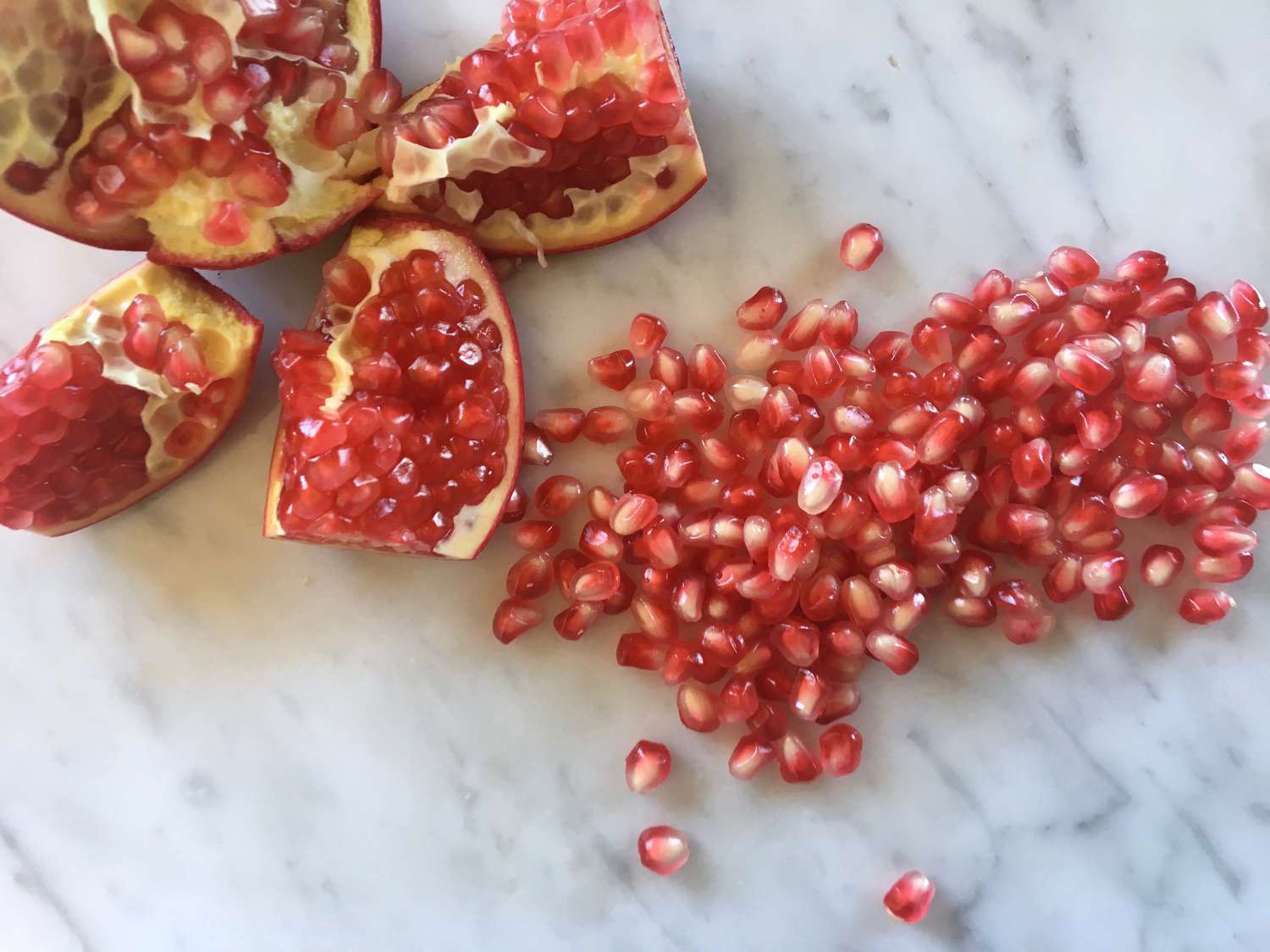
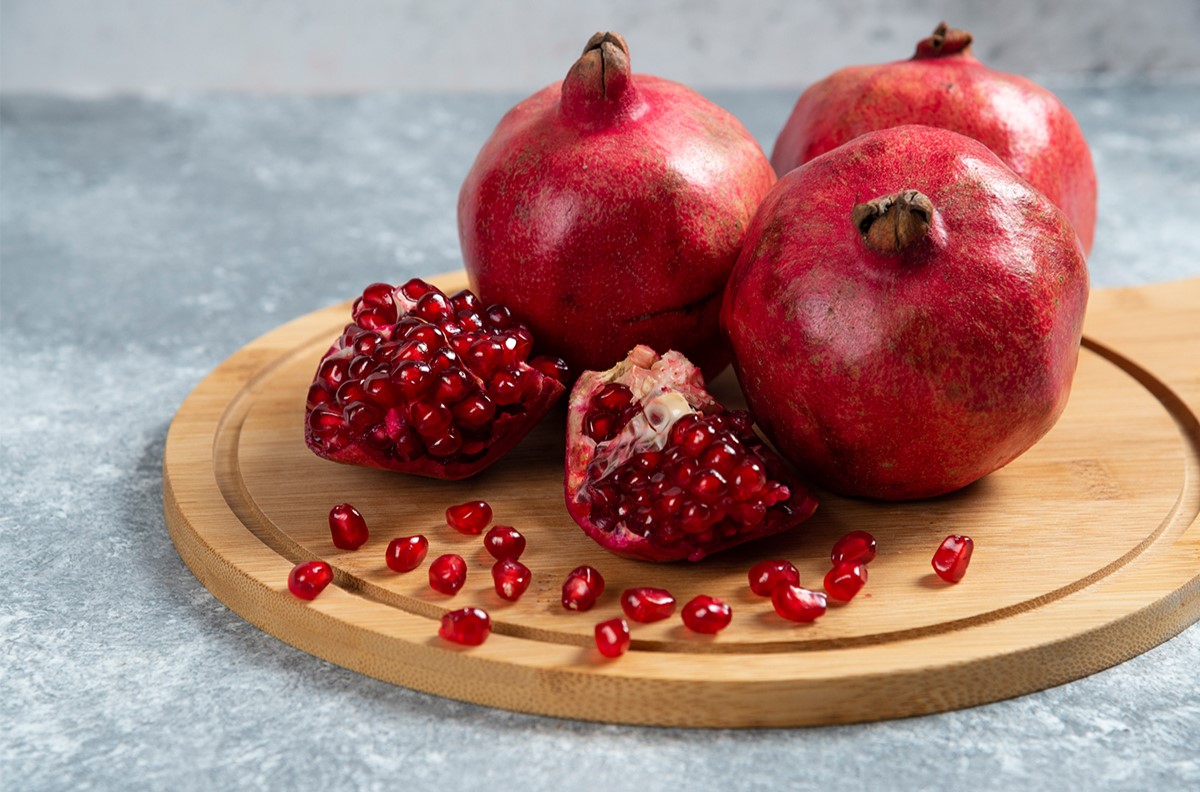

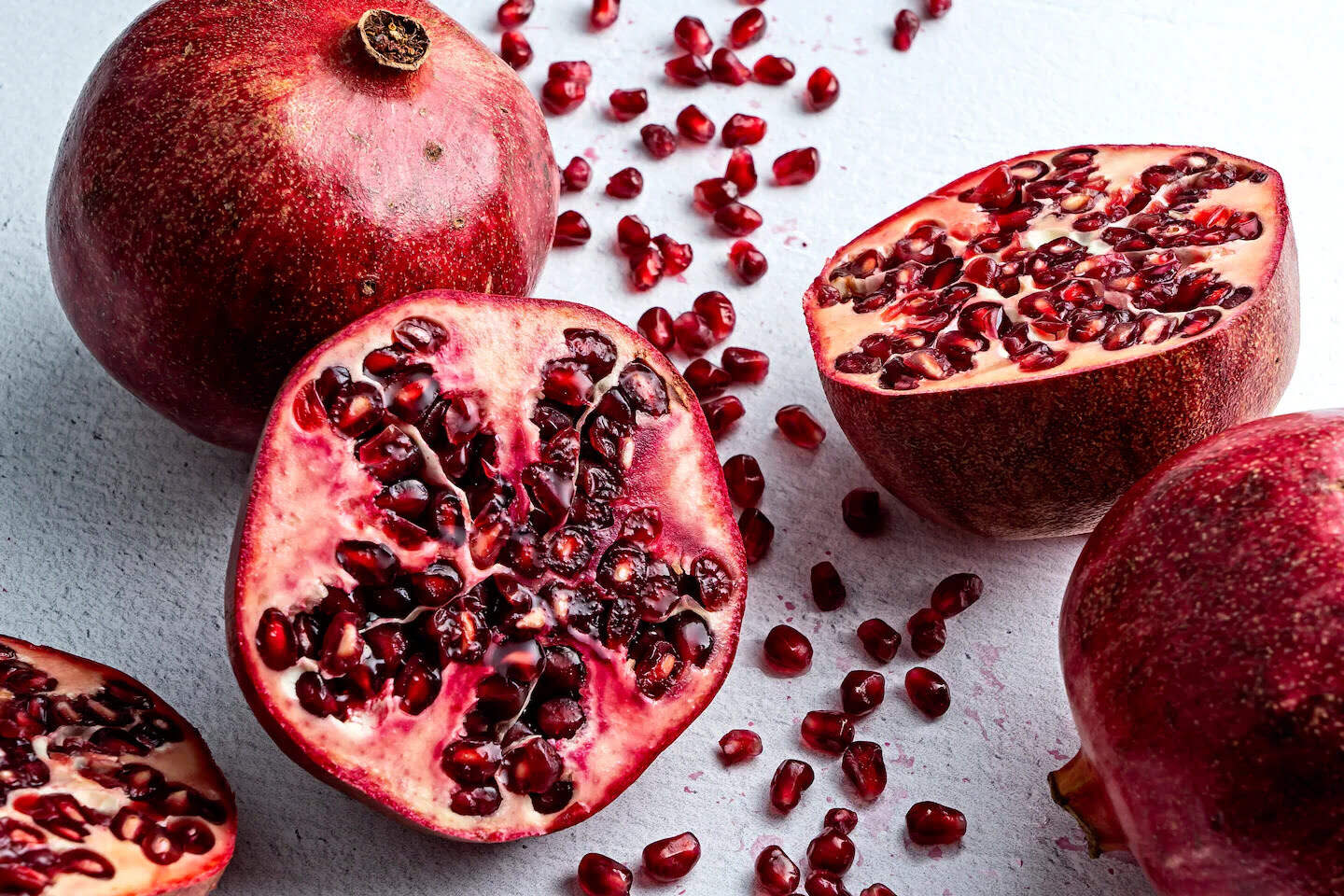
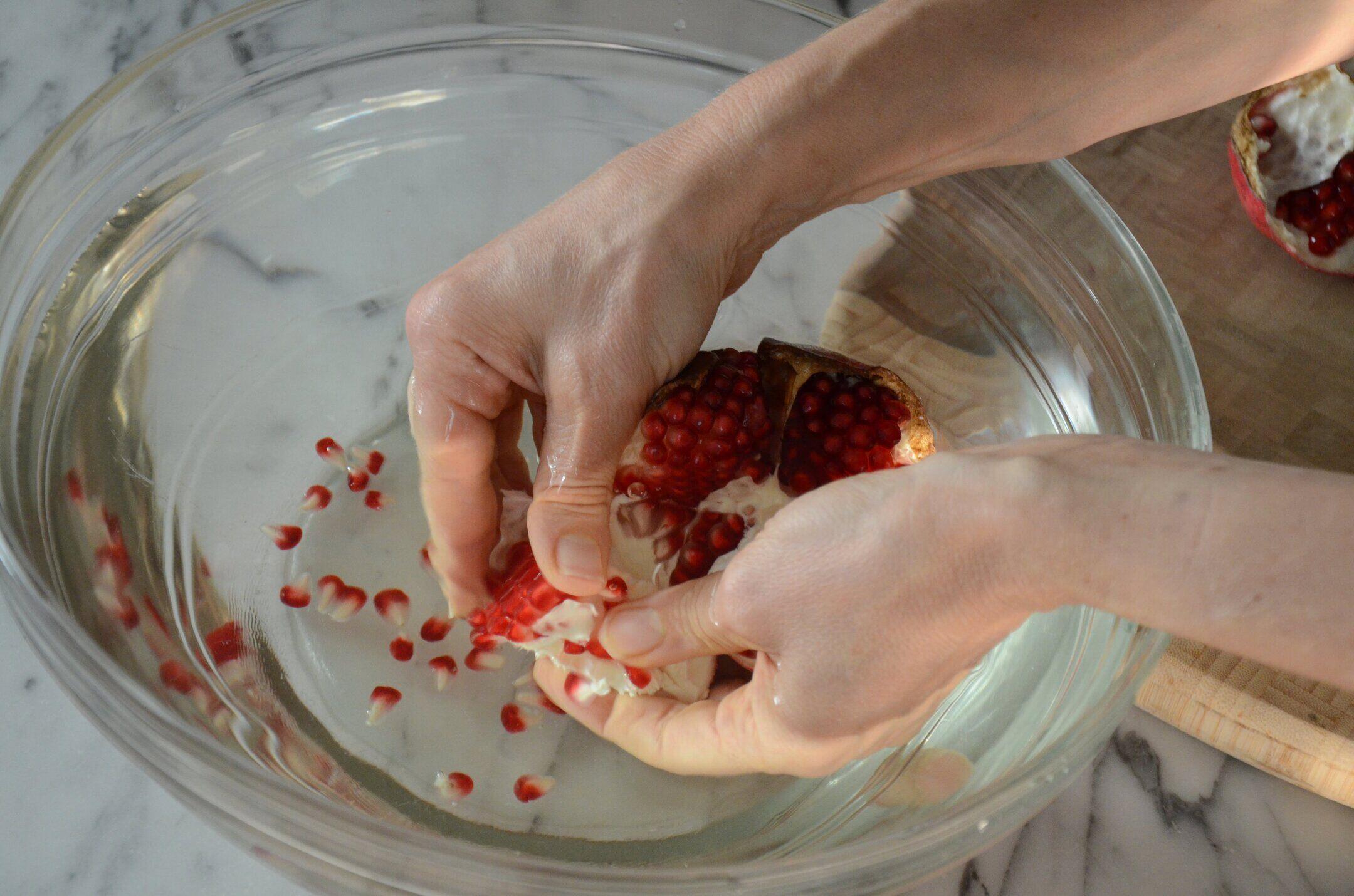
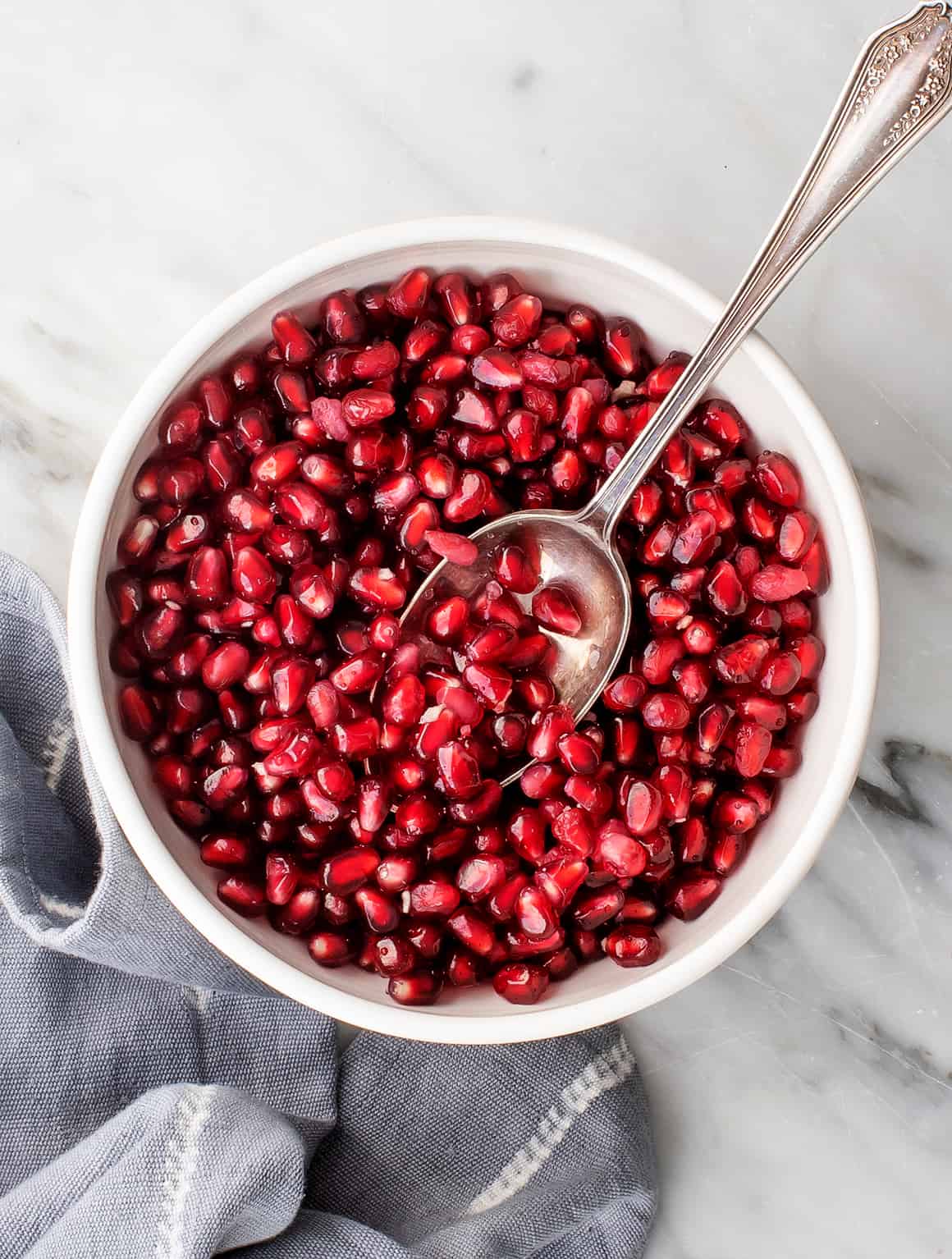
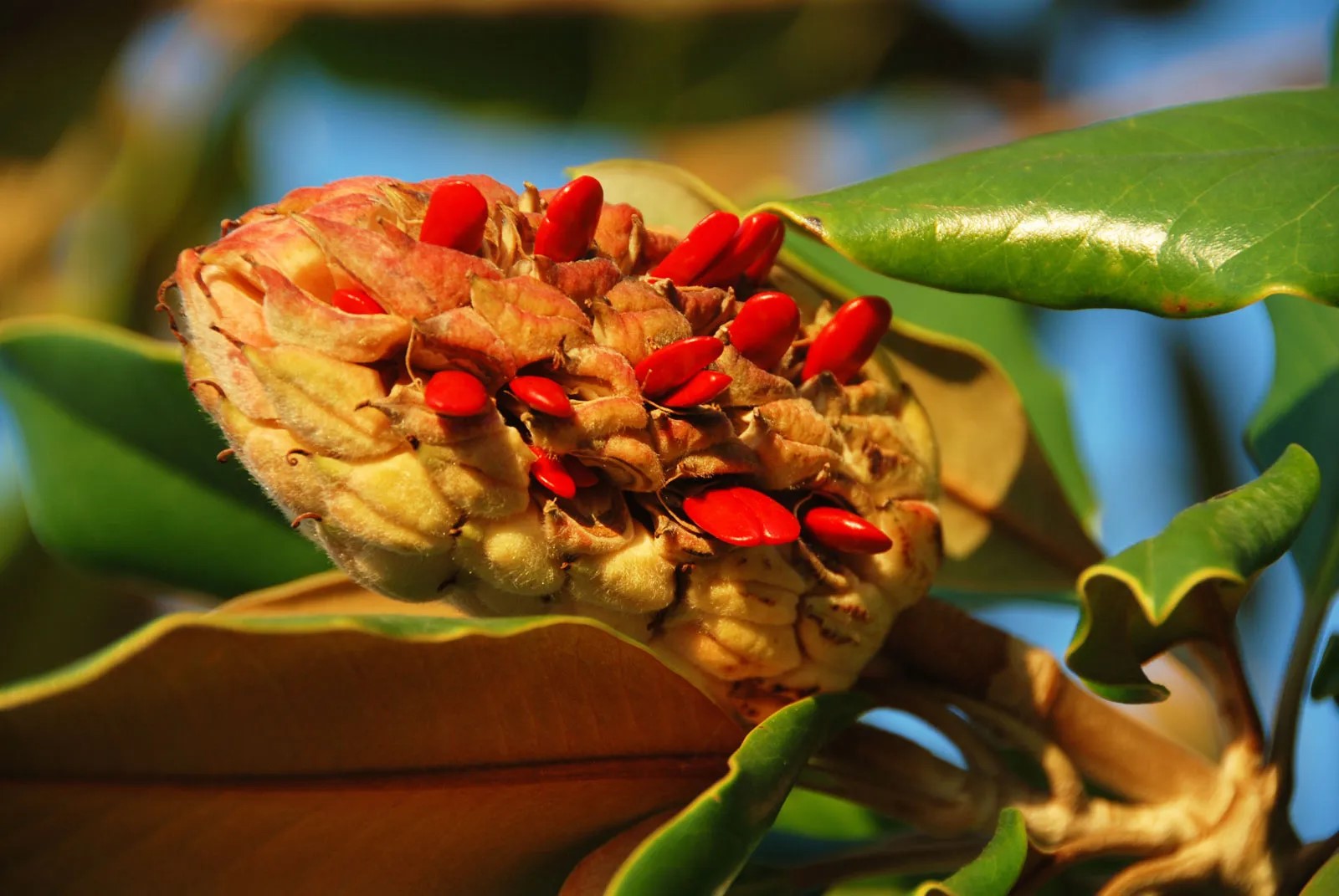
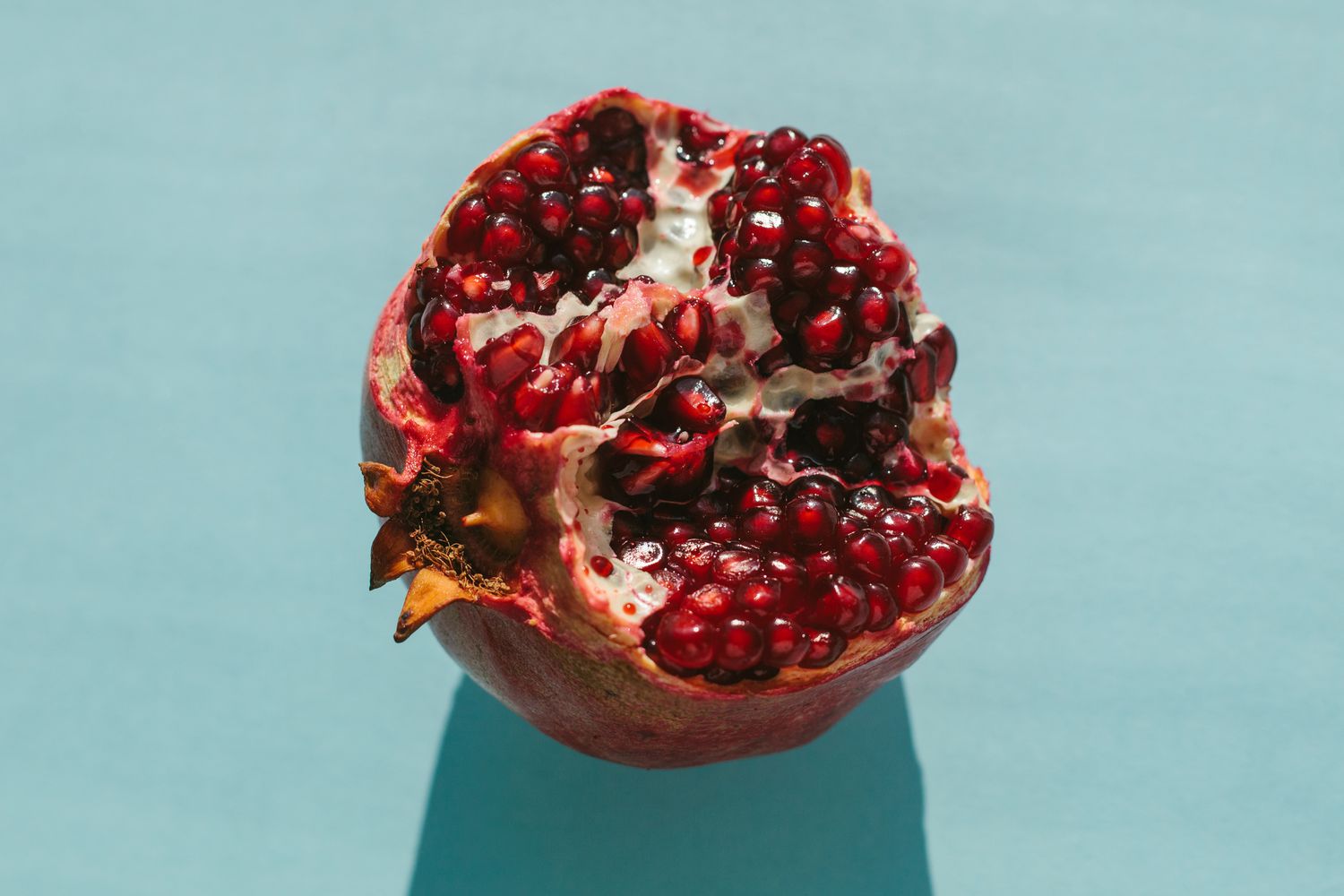
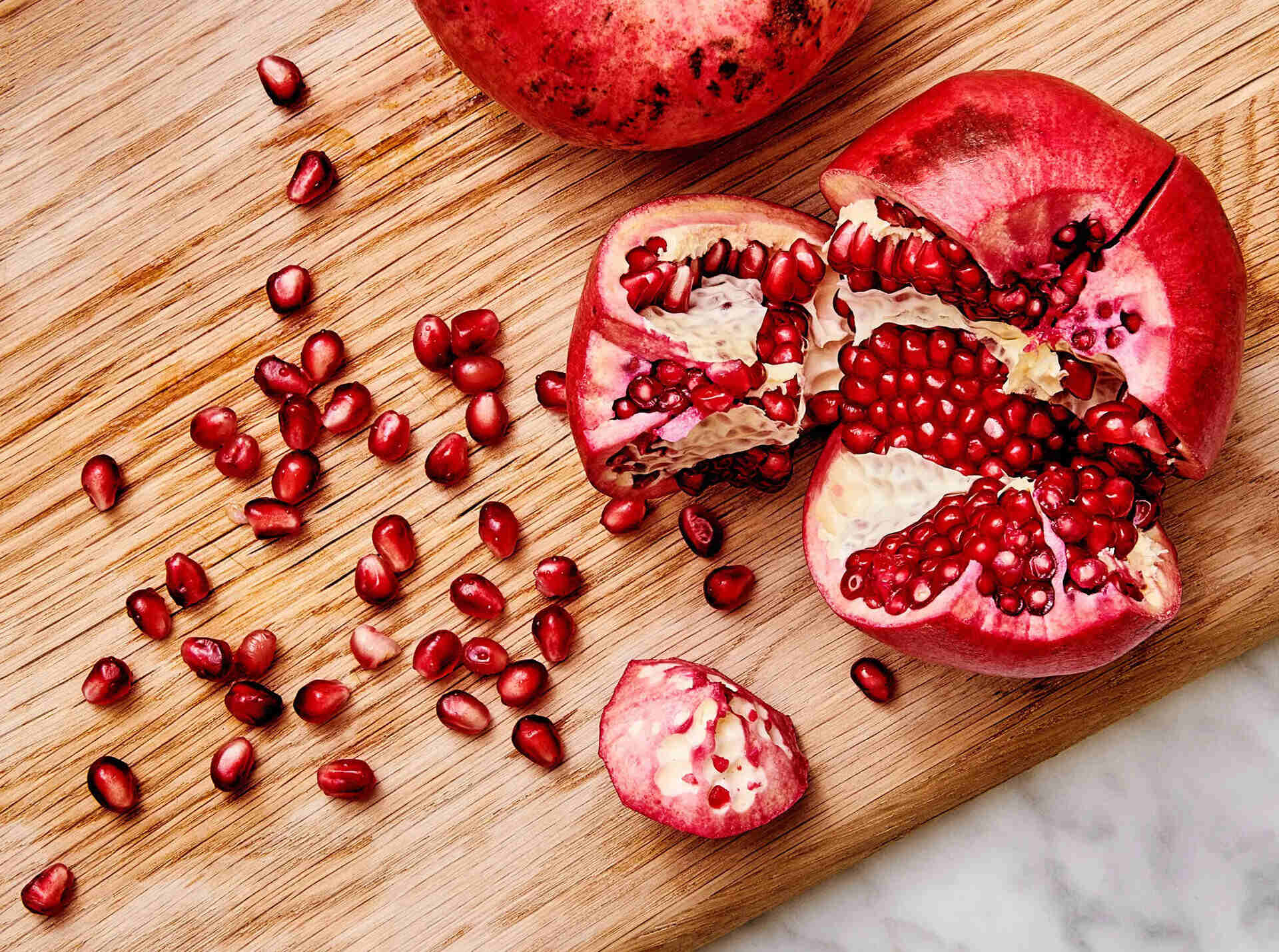
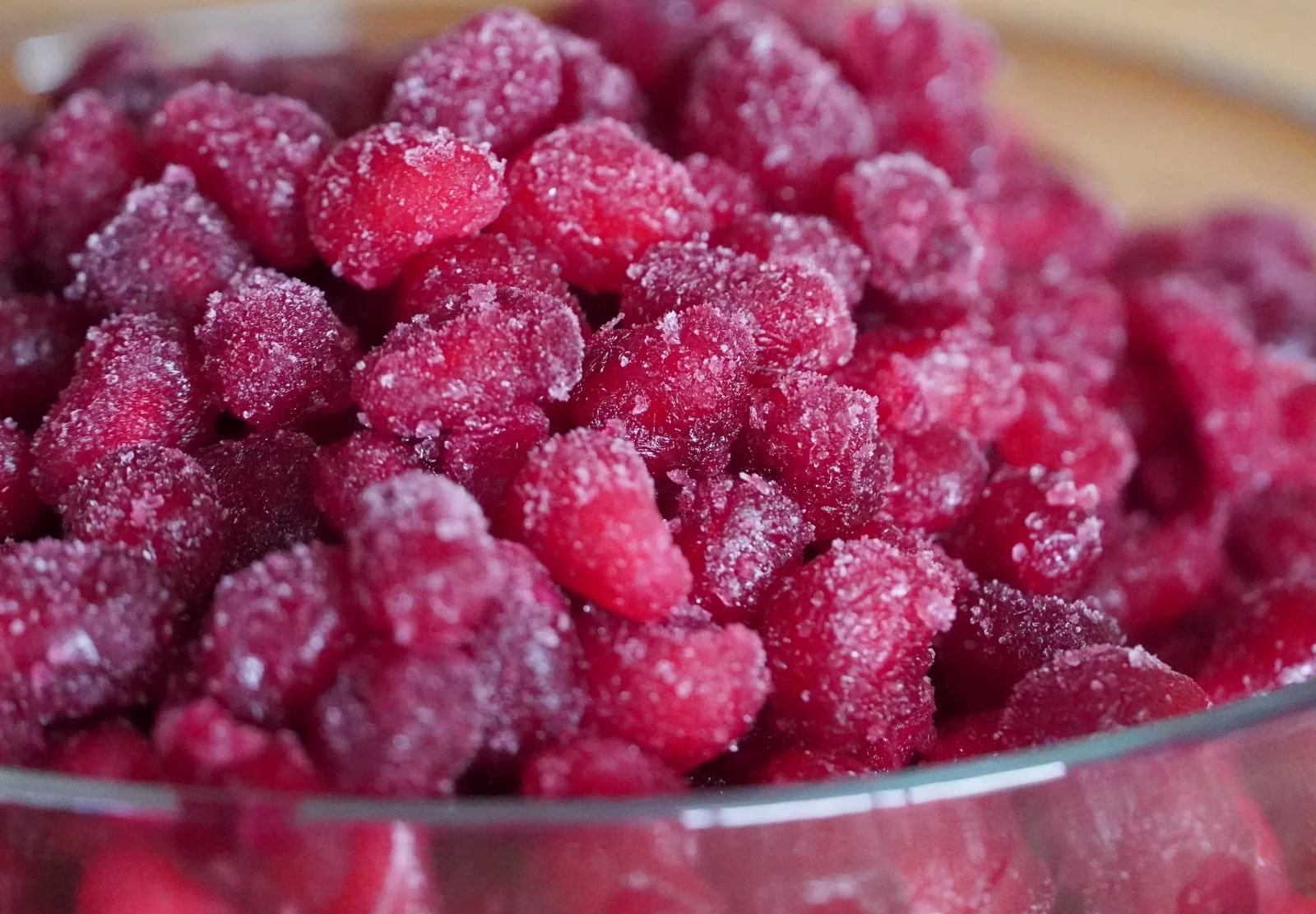

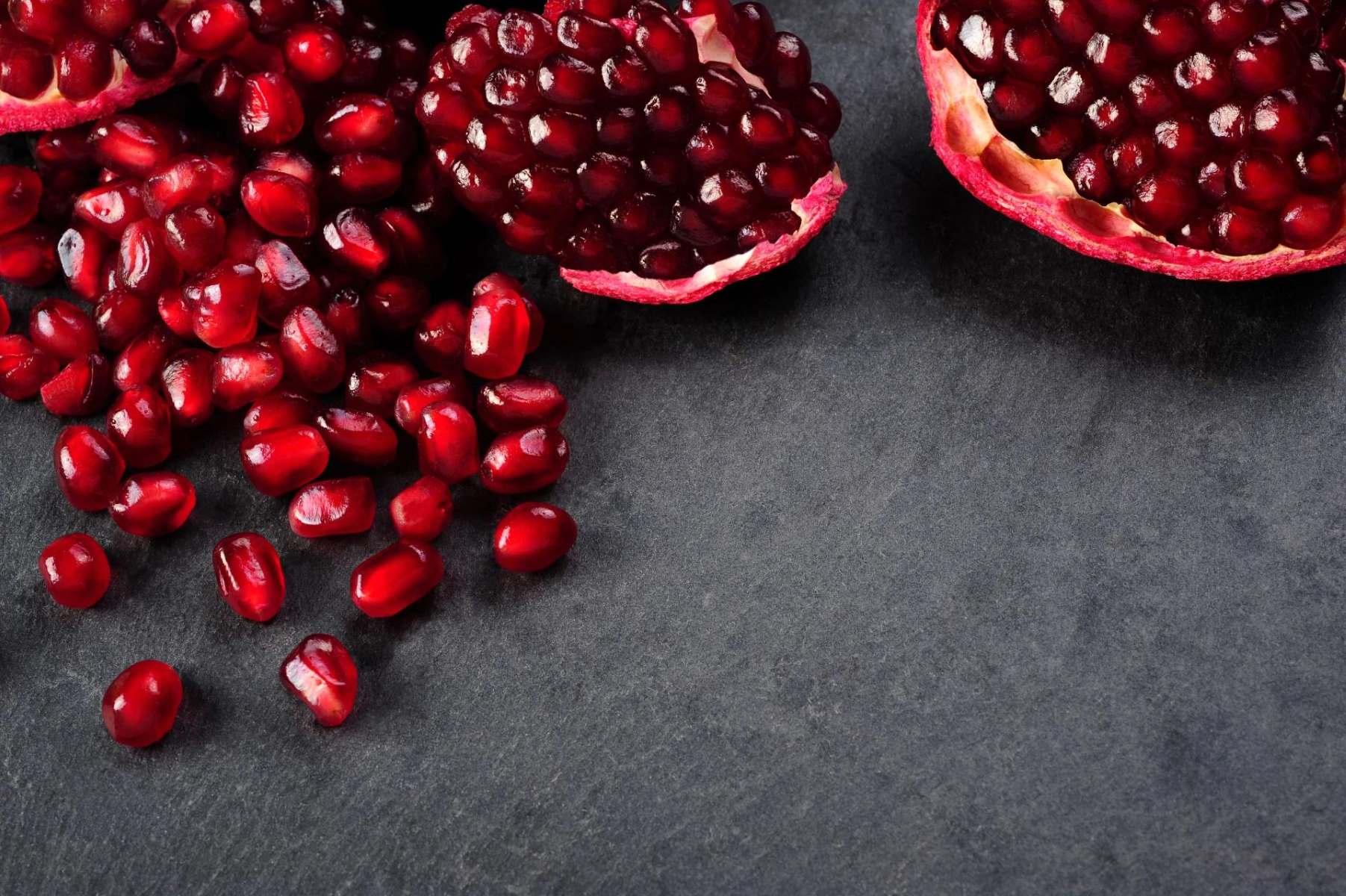
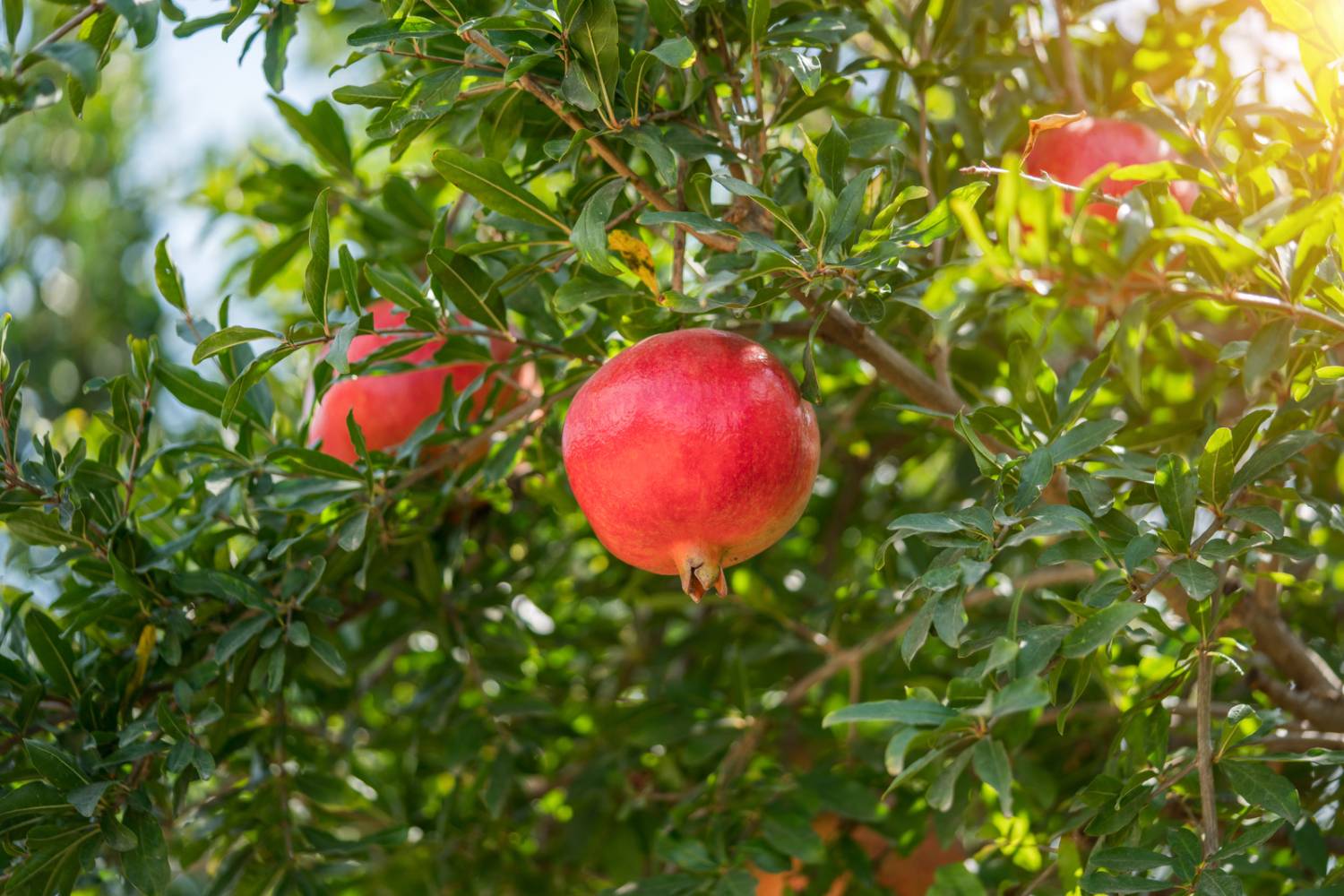
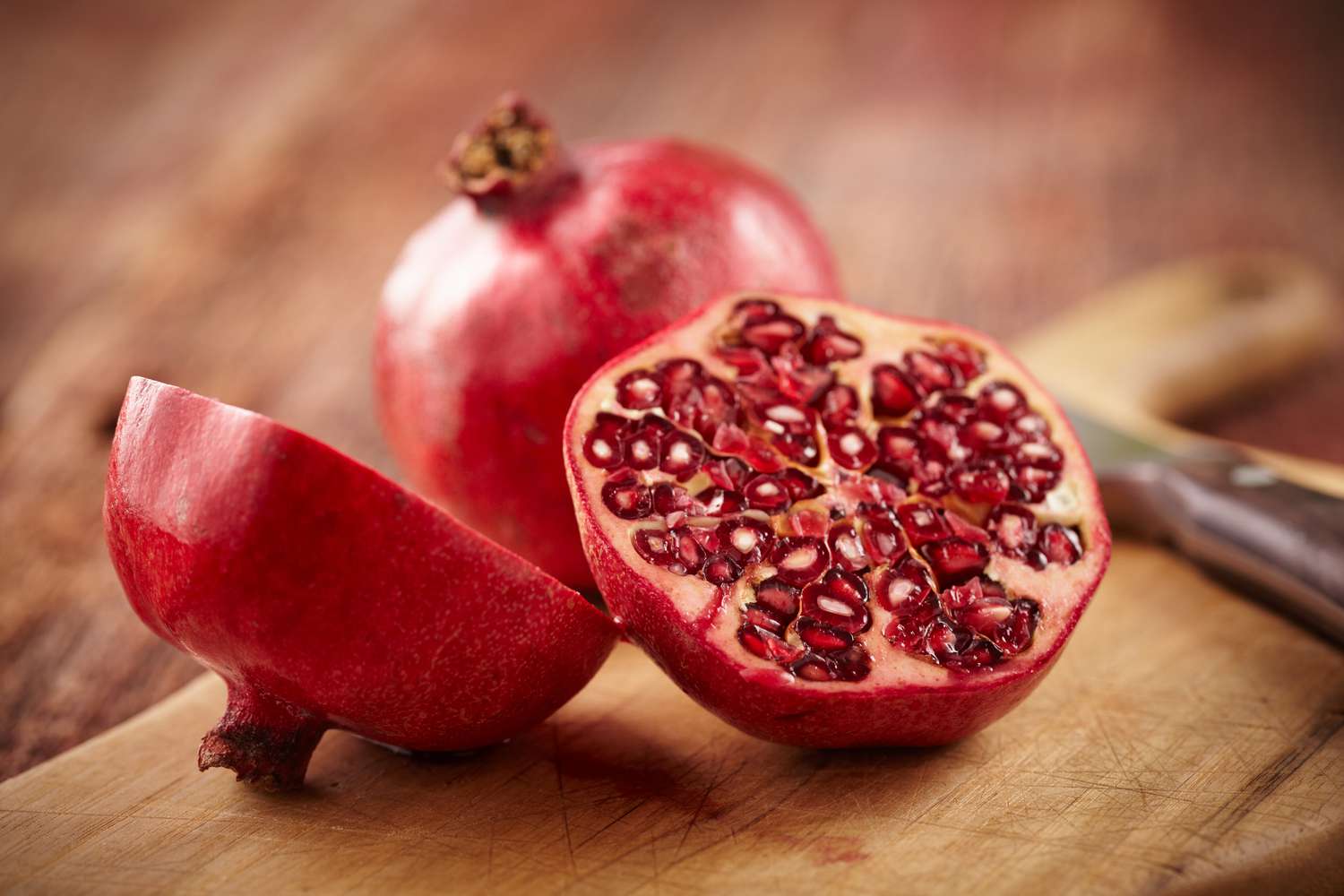

0 thoughts on “What Are The Pomegranate Seeds Called”